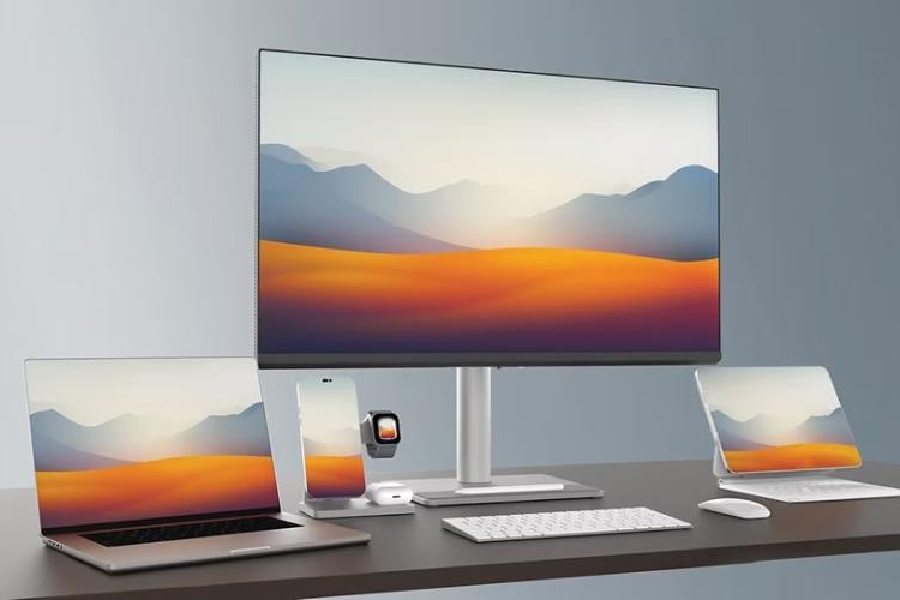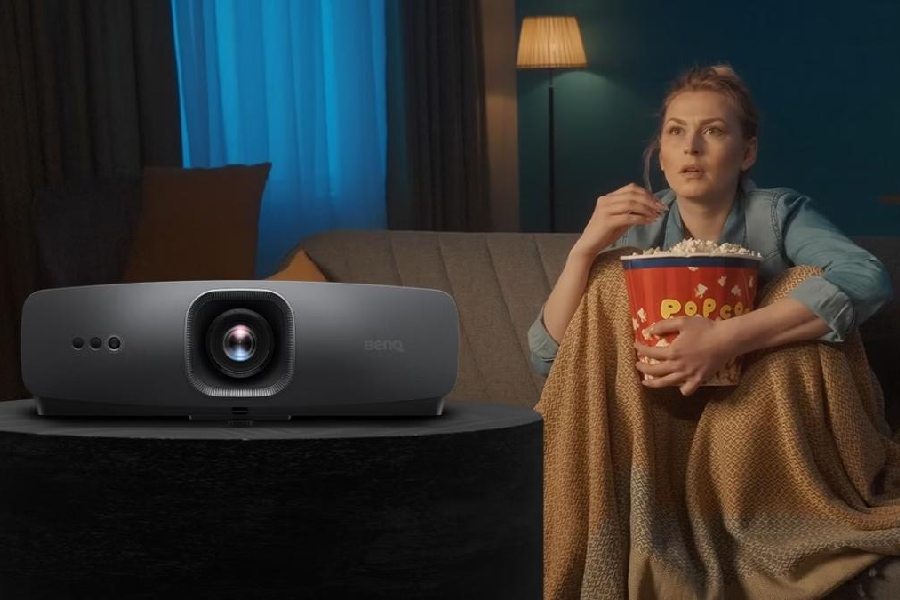BenQ has long been a trusted name among advertising agencies, photographers, and video content creators — thanks to its wide array of high-performance monitors and projectors. The company’s latest offerings include some exciting tools designed especially for Mac users, as well as advancements in projector technology, including AI integration.
Apple Studio Displays, though powerful, are often out of reach for many due to their premium pricing, particularly when multiple units are needed. Yet, most video editors and content creators rely heavily on MacBooks and Mac Minis. This is where BenQ’s newly launched MA series, specifically MA270U and MA320U, comes in.
The company is also introducing innovative projectors, including a new portable laser projector — GV50, and W2720i, the industry’s first AI-powered home cinema model.
Rajeev Singh, managing director of BenQ India, shares more about the new shiny devices.
What’s special about BenQ’s new monitors for Mac users?
Our new MA series is specifically designed for the Mac ecosystem, which differs from the traditional PC environment. These monitors are ideal for MacBook and Mac Mini users. The key feature is precise colour reproduction — the monitors are calibrated to match the MacBook’s colour profile, ensuring seamless visual consistency. When you connect a MacBook, the monitor automatically aligns its settings to deliver a fluid, true-to-life viewing experience. BenQ’s latest launches in the MA segment are MA270U and MA320U

BenQ MA270U is a ‘colour-matching monitor’ for MacBook, delivering P3 wide colour gamut
How accurate is the colour reproduction on these monitors?
We’ve segmented our monitors to suit different user needs. The MA series is great for general MacBook Air and Mac Mini users, while the PD series — our professional-grade line — caters to MacBook Pro and Mac Studio users.
Both series are available in 27-inch and 32-inch sizes, offering 4K UHD resolution. Since Apple uses the P3 colour gamut, our monitors provide between 95 per cent and 98 per cent P3 colour coverage. As soon as a MacBook is connected, the monitor identifies the device and adjusts colour settings accordingly. These monitors also come with built-in speakers, offering seamless, plug-and-play connectivity.
BenQ is also launching new projectors...
Yes, we’ve introduced our first AI-powered home cinema projector, W2720i — a first in the industry. We’re also launching the GV50, our first portable projector featuring laser technology. Until now, portable projectors typically used LED light sources. The GV50 delivers superior brightness and colour performance, making it a big step forward.
What are consumers looking for in a portable projector?
Today’s consumers, especially millennials, want portability across their devices. They’re used to consuming content on smartphones and tablets and expect the same flexibility from larger display tools. The GV50 caters to this demand. You can move it from room to room and project onto almost any surface — a wall, ceiling, or screen — even while on a weekend getaway.
With content consumption growing rapidly, especially in full HD or 4K formats, a larger screen enhances the experience. The GV50 supports screen sizes up to 120 inches and includes a built-in battery, making it a truly portable home entertainment solution.
Who is buying portable projectors?
A wide range of people. Young working parents, for instance, often let their children watch cartoons on smartphones but worry about screen-related health issues. Portable projectors solve this by using reflected light, which is gentler on the eyes, regardless of viewing distance.
We’re seeing strong demand in this segment and anticipate nearly 100 per cent year-on-year growth in our portable projector sales.

BenQ W2720i projector comes with features like real-time ambient brightness adjustment and contentspecific enhancements.
How does AI enhance projector performance?
Our AI-enabled projector, the W2720i, features an AI camera beside the lens. It continuously analyses the projected image and adjusts parameters like brightness and contrast based on real-time conditions, such as the type of content (for example, HDR) and the projection surface or room lighting.
AI also simplifies the setup process. With smart sensors, the projector can detect obstructions (like a photo frame) or the angle of the surface, and automatically adjust the image. You can place it in a corner of the room and still project a perfectly centred image — no need for precise placement in front of the screen.










